Unabomber: Penthouse’s bold offer to help stop a killer
The mystery bomber behind 16 attacks had promised to stop his reign of terror if newspapers ran his crazy manifesto. That was when one flamboyant magazine publisher stepped in with a pitch.
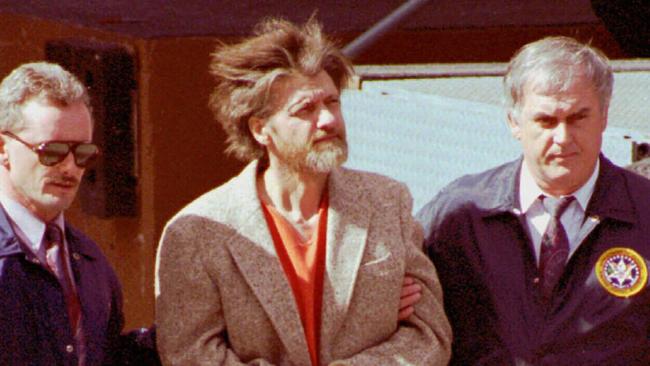
Crime in Focus
Don't miss out on the headlines from Crime in Focus. Followed categories will be added to My News.
He was named the Unabomber because many of his victims were connected to universities and airlines.
Between 1978 and 1995, the bomber had killed three people in the US and injured 23 by detonating 16 package bombs.
The FBI spent many millions of dollars trying to identify and track him, creating a sketch of their suspect that is still recognisable today.
As his reign of terror happened before the advent of social media, the Unabomber — real name Theodore Kaczynski — was able to remain unidentified and continued to operate under the radar.
But as the hunt for the mystery bomber intensified, Penthouse magazine’s publisher made him a bold offer.
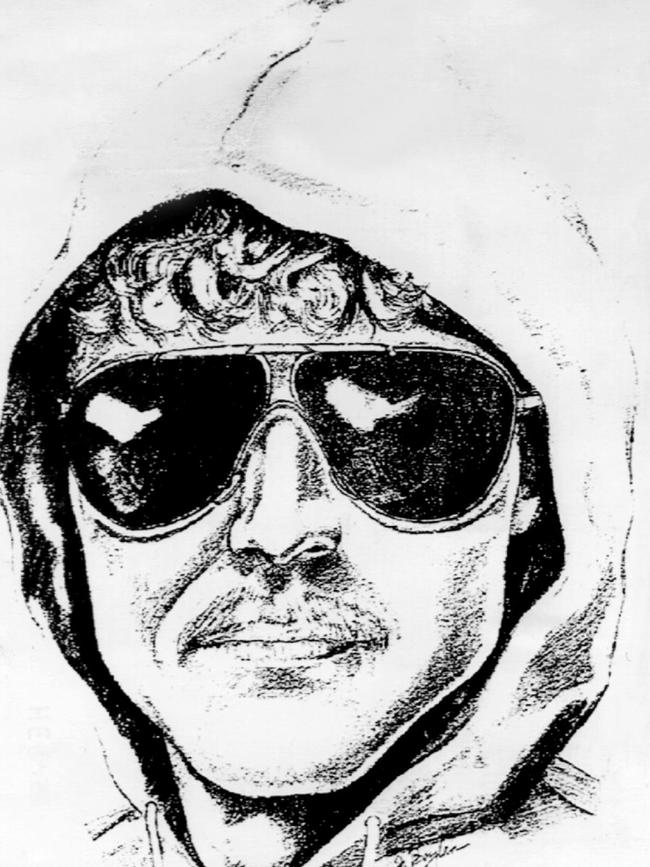
Who was the Unabomber?
It is popular belief he modelled himself on an anarchist character from author Joseph Conrad’s novel The Secret Agent.
For almost 18 years he terrorised the US, crafting homemade package bombs into deadly devices.
“He is a loner in one sense,” one former FBI agent once said, “but he is not a monk living on a mountain top.”
He may not have been a monk, but Kaczynski did live on a mountain top.
In the latter years of his crime spree he lived a hermit-like existence as a shabby recruit in a small remote cabin in the wilds of Montana.
His anger may have been inflamed by disturbing mind-control experiments he took part in at Harvard in the late 1950s and early 1960s, according to research.
Kaczynski was described as a brilliant, if awkward, young scholar who went to Harvard at age 16.
While at the university, he was reportedly subjected to a battery of personality tests during which he was questioned about his personal beliefs, thumb-sucking, toilet training, masturbation and erotic fantasies.
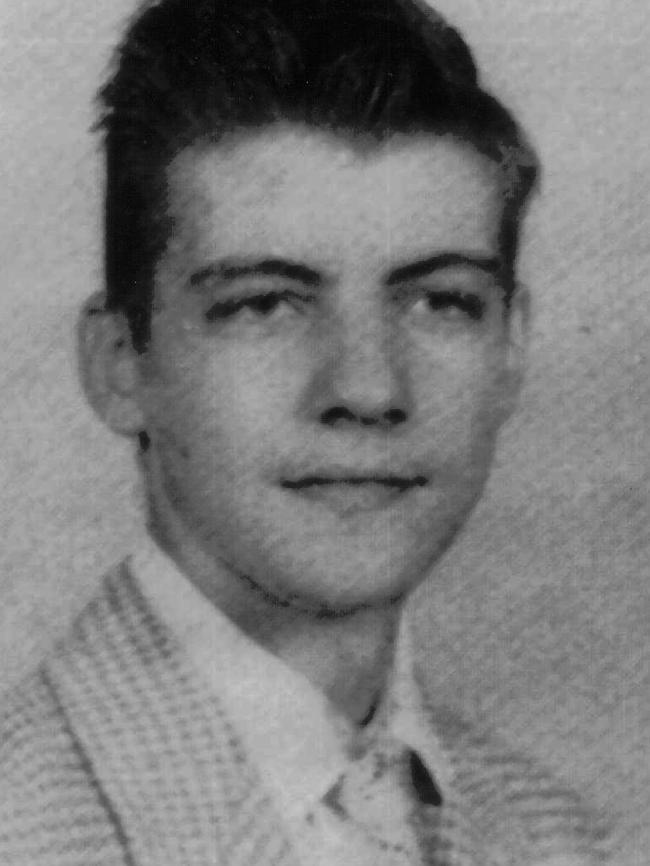
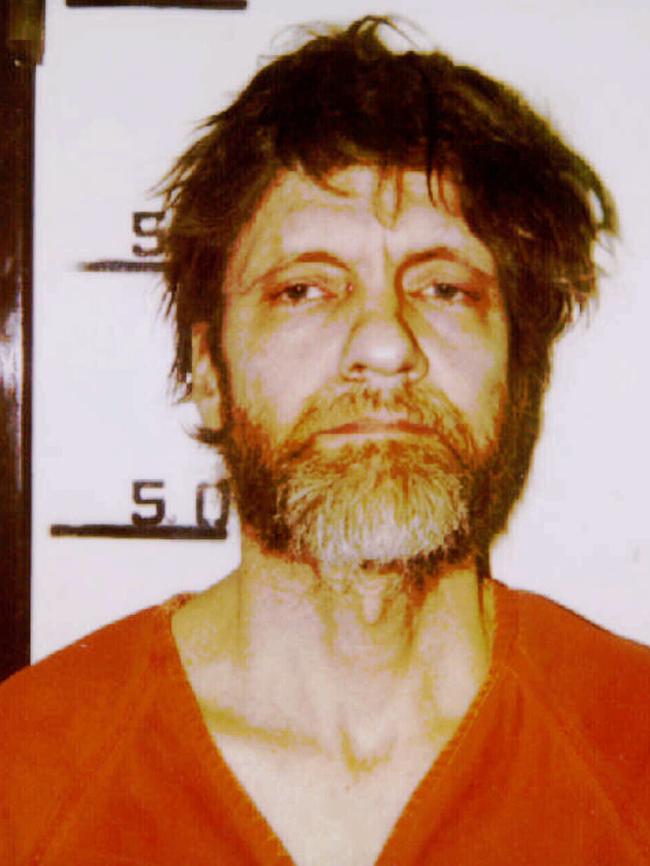
Penthouse offered him a column
It was in August 1995, after two American newspapers published edited versions of a 35,000-word manifesto Kaczynski had sent to media outlets, when Penthouse publisher Bob Guccione begged him to write for the pornographic magazine.
The Penthouse offer? To run the manifesto in full and give the mad bomber a regular column.
It was via a full-page ad in the New York Times that Mr Guccione made his pitch, while praising the Unabomber and saying the Penthouse offer was intended to save lives.
Mr Guccione offered the bomber a regular space “in which you may continue to proffer your revolutionary philosophy, answer critics and generally interact with the public”.
In return, the Unabomber had to end his terrorist activities “now and forever”, Mr Guccione stated.
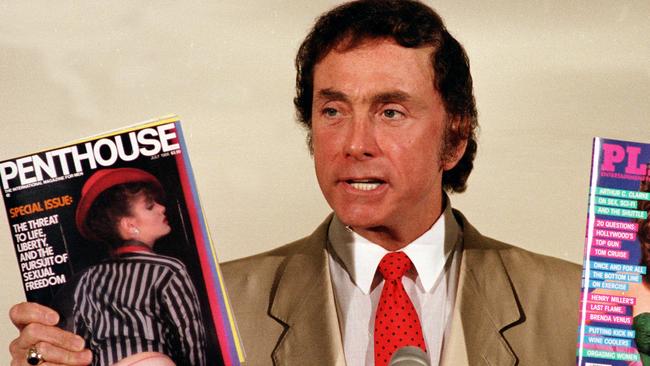
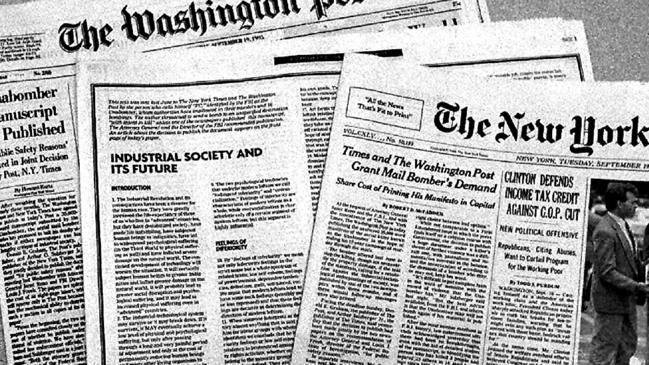
“I disagree with the popular belief that you are a serial killer,” the flamboyant Penthouse publisher wrote.
“Your objectives are much bolder and infinitely more elaborate. You want to change the world!”
Two months earlier, the two US newspapers in question had received the Unabomber’s document in which he blamed industrialists and scientists for the world’s problems and declared they should be destroyed for the sake of humanity and nature.
He promised to end his deadly terror campaign if his manifesto was fully published, along with three more articles over three years.
If the newspapers rejected him, he had said, he promised to go to Penthouse — but would kill one more person because he found the porno magazine tacky and distasteful.
(One of the two newspapers concerned would, on agreement with authorities and in co-operation with the other newspaper, go on to jointly publish the manifesto in full.)
Mr Guccione reportedly claimed to be the Unabomber’s “only friend in the media”.
Truth be known, Kaczynski was a loner who had no friends.
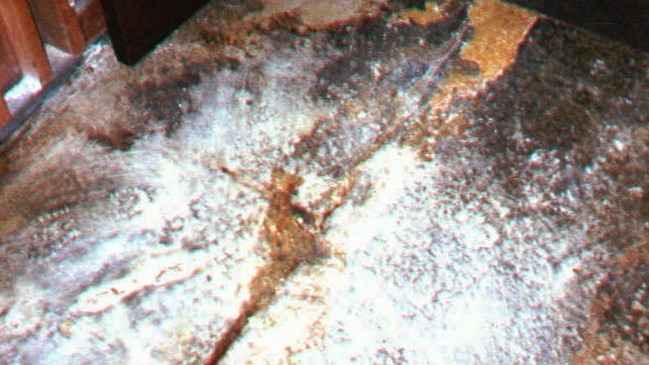
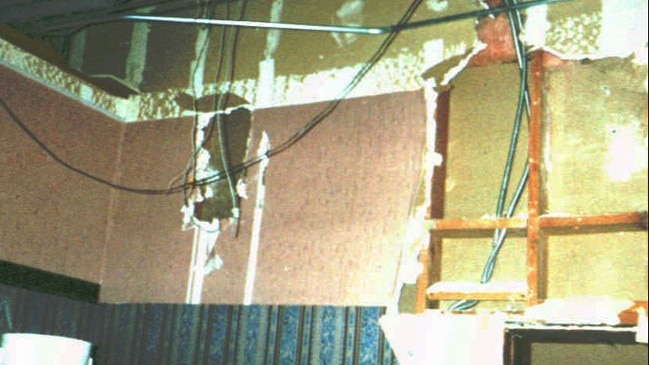
The Unabomber attacks
The first mail bombs were sent in 1978 via the US Postal Service.
He targeted a university professor but instead a security guard opened it for him, injuring the guard.
After that he sent nine pipe bombs, with academics and airline executives among his targets. Some victims were injured but none were killed.
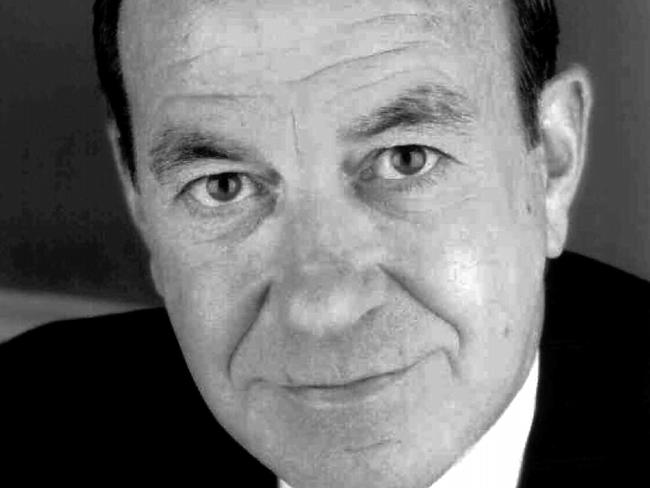
In 1985, a bomb he crafted killed 38-year-old computer store owner Hugh Scrutton, driving shrapnel into his heart as he stood in a carpark.
After more bombings he blew up his second victim: advertising executive Thomas Mosser in his kitchen.
Mr Mosser’s wife and young daughter were in the next room.
His last victim was Sacramento timber industry lobbyist Gil Murray.
Mr Murray, president of the California Forestry Association, was killed when a brown paper package containing a powerful pipe bomb exploded when he opened it on April 24, 1995.
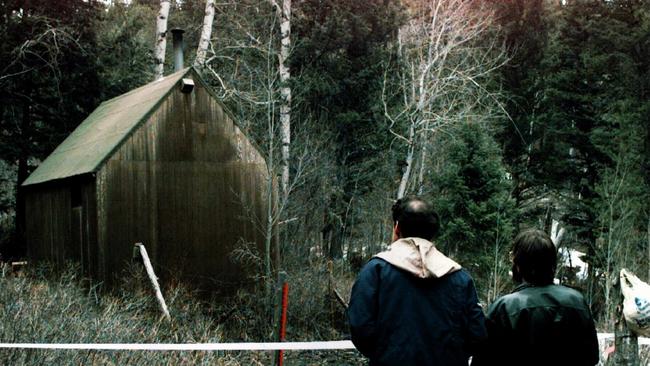
How he was caught
After the two major US newspapers published extracts of Kaczynski’s manifesto, entitled Industrial Society and Its Future, his brother David recognised the crazy writings and informed authorities.
Investigators arrested Kaczynski in the Montana cabin in April 1996.
It was filled with academic literature, instructions for making bombs, and several devices.
The FBI found journals suggesting Kaczynski was a cold-hearted vengeful killer who followed no altruistic doctrines or ideals, as originally believed.
“My motive for doing what I am going to do is simply personal revenge,” he wrote in a journal.
“I believe in nothing. I don’t even believe in the cult of nature worshippers or wilderness worshippers.”
In May 1998, Kaczynski’s surviving victims and the families of those he killed sat in a California court to see the 55-year-old former maths professor sentenced for his crimes.
He was handed four life terms without parole, after striking a plea bargain to avoid a possible death penalty.
“The defendant committed unspeakable and monstrous crimes for which he shows utterly no remorse,” the judge said.
Defiant to the end, Kaczynski rose and claimed the prosecution case was “clearly political” and aimed to discredit him.
Thomas Mosser’s wife, Susan, described him as a “diabolical, evil, cunning murderer”.
“Lock him so far down that when he dies he’ll be closer to hell, where the devil belongs,” she said.
READ MORE:
